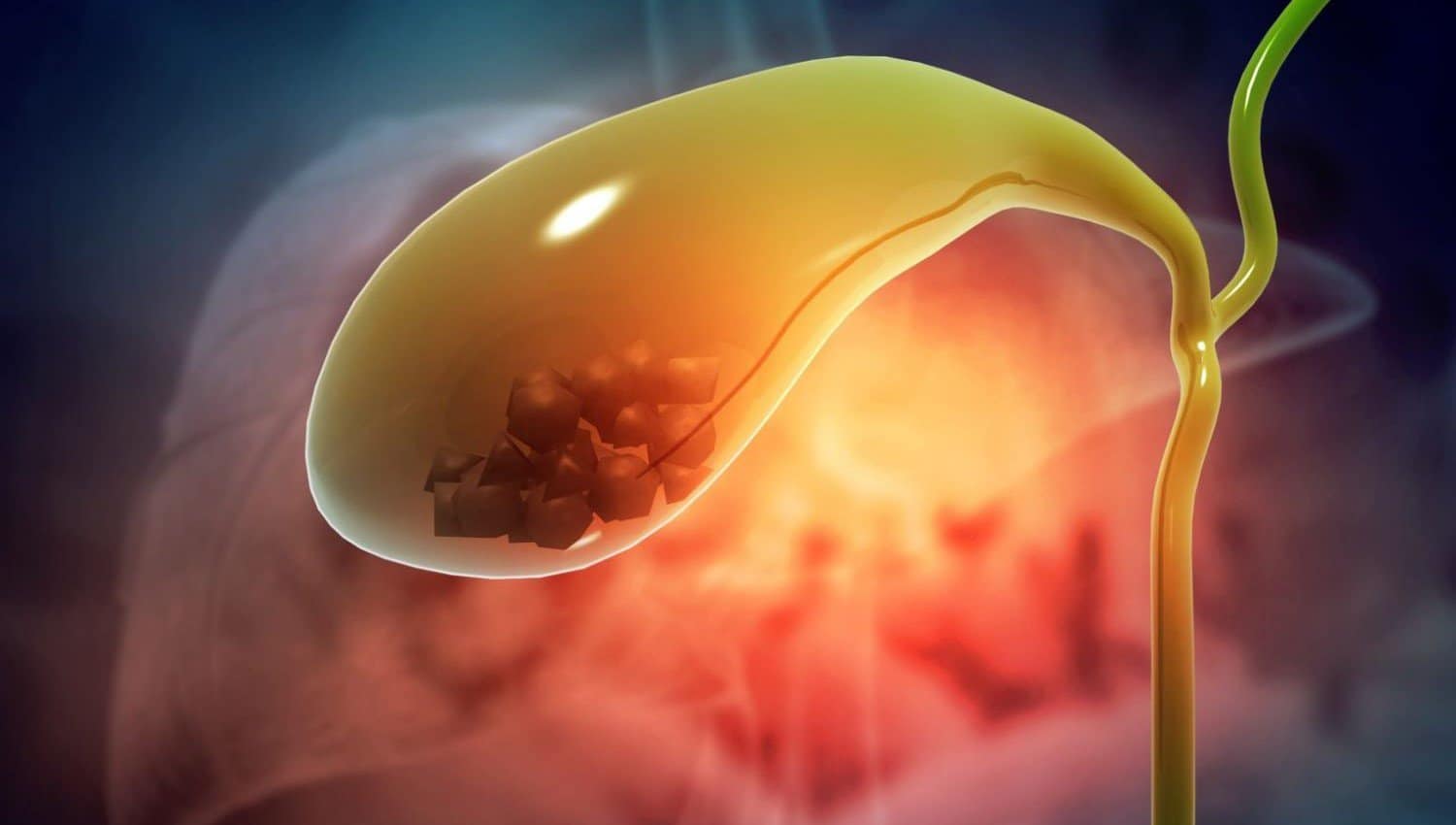
The site is temporarily down due to maintenance. Sorry for the inconvenience.
The site is temporarily down due to maintenance. Sorry for the inconvenience.
The site is temporarily down due to maintenance. Sorry for the inconvenience.
The site is temporarily down due to maintenance. Sorry for the inconvenience.
Quality & Accuracy
Experience
The latest technologies
Speed &
Credibility
₾176.00 Original price was: ₾176.00.₾132.00Current price is: ₾132.00.
Profile of vitamins B9, B12, D - It is informative to examine vitamins in such pathologies as general weakness, fatigue, irritability.
The profile includes the following 3 studies:
folic acid (B9)
(pteroylmonoglutamic acid) Is a substance from which folate is formed, a group of compounds with a similar structure consisting of a pteridine ring, a paraaminobenzoate, and one or more glutamine side chains. Polyglutamic forms predominate in the intracellular space and are more effective in enzymatic reactions. Metabolically active forms are: 5-methyl-tetra-hydro-folate (basic form of the organism), 10-formyl-tetra-hydro-folate and tetra-hydro-folate (which function as donor / receiver of carbon atom, respectively, amino acids and nucleoside metabolites In DNA synthesis).
Folic acid (FA) Is Group B water soluble vitamin (B9), which participates in the growth and development processes of the organism. FA is essential for the differentiation of red blood cells, for the normal functioning of the bone marrow and nervous system, for cell division, and is very important for the proper development of the fetus.
Folic acid metabolism is related With vitamin B12: Cobalamin is involved in the cellular uptake of 5-methyl-tetra-hydro-folate monoglutamate and its intracellular transformation into polyglutamate.
Most plant or animal foods contain FA, but its deficiency is the most common B vitamin deficiency in Europe and North America. This is the result of an unbalanced diet, very low in fresh fruits and vegetables. In addition, advanced age, various diseases, specific medications such as cotrimoxazole can cause malabsorption and related folic acid deficiency. A low level of FA in the body can be caused by: alcoholism or its antagonists, malabsorption (for example, celiac disease), increased demand for it (for example, during pregnancy, anemia or malignant diseases).
Food folate is a polyglutamate and needs to be converted to a monoglutamate in order to be absorbed by the body, it is less bioavailable compared to synthetic folic acid.
Folic acid is absorbed in the small intestine. After absorption, food folate and reabsorbed bile folate move into the circulation, where they bind non-specifically and with low affinity to albumin; One-third circulates in free form, and only a very small fraction binds to the folate-binding protein obtained from the cell membrane; Circulating follicle monoglutamate is rapidly absorbed at the cellular level via the follicle receptor or by passive diffusion, converted to polyglutamate folate at the cytosolic level, and then transported to organs (35% of intracellular folium is found in mitochondria).
The human body contains 5-10 mg of folate and most (50%) is stored in the liver. Excretion occurs in feces (important for entero-hepatic processing) and urine.
Folic acid is also synthesized by intestinal bacteria.
In the absence of folic acid The following clinical symptoms appear: weakness, irritability, concentration problems and loss of appetite, inflammation of mucous membranes, anemia and severe neurological disorders.
During pregnancy, When the demand for FA doubles, its deficiency can lead to premature birth and severe fetal developmental pathologies (especially spinal and cerebral malformations). Intake of folic acid during pregnancy can reduce the risk of developing neural tube defects by 85%.
Lack of both FA and vitamin B12 can lead to the development of megaloblastic anemia, so it is important to determine the combination of these two vitamins. In this case it is possible to determine exactly which vitamin deficiency caused the disease and to correctly prescribe the appropriate treatment. Otherwise, if megaloblastic anemia is caused by vitamin B12 deficiency, treatment with FA drugs can cause irreversible damage to the central nervous system. FA deficiency is also observed in malignant diseases, sepsis, acute inflammatory diseases (especially of the skin), liver diseases, ulcerative colitis and Crohn's disease.
FA deficiency is one of the leading causes of hyperhomocysteinemia, an independent risk factor for the early development of atherosclerosis.
Low serum folic acid levels are found in patients with neuropsychiatric disorders, neural tube defects in pregnant women, and recent miscarriages in women.
Vitamin B12
Vitamin B12 Belongs to the group of biologically active substances containing cobalt - cobalamins. These include cyanocobalamin itself (vitamin B12), hydroxycobalamin, and two coenzyme forms of vitamin B12: methylcobalamin and 5-deoxyadenosylcobalamin.
Vitamin B12 is a water-soluble vitamin that plays an extremely important role in the formation of red blood cells, cellular metabolism, the functioning of the nervous system, and the production of DNA.
Increased concentration of vitamin B12:
Reduced concentration of vitamin B12:
Insufficient intake of vitamin:
Malabsorption due to deficiency of internal factor in the gastric mucosa:
Impaired absorption of vitamin B12 and / or folic acid:
Hereditary disorders of cobalamin metabolism:
Vitamin D deficiency is common especially in adolescents and can cause: rickets, pathology of the cardiovascular system, depression, decreased immunity, autoimmune diseases and others
Compared to the widespread prevalence of vitamin D deficiency, hypervitaminosis D is rare and occurs only in the case of prolonged exposure to high doses of vitamin D. This condition is clinically characterized by anorexia, nausea, vomiting, diarrhea, hypotension, nephrolithiasis, heart problems. Laboratory test results show severe hypercalcemia and hyperphosphatemia, as well as low levels of parathyroid hormone.
Blood sample Sampling, for profile studies, is essential on empty stomach , in the morning.
Needed for research Venous blood (One sniff)
If the test reveals abnormalities, it may be necessary to use additional, other methods of diagnostics. For this, you must consult a specialist, who, taking into account the symptoms, will correctly select the appropriate examinations to make an accurate diagnostics.
| Name of the test | Category | Price | CODE | Response time (working day) ** | Location of the analysis **** | Buy | hf: categories |
|---|
https://www.synevo.ro/shop/vitamina-b12/
https://spravochnik.synevo.ua/ru/diagnostica-anemii/folievaia-kislota.html
https://www.synevo.ro/shop/25-oh-vitamina-d/
Other tests




Testing process
|
Purchase a test |
Submission of material |
|
Results Online |
Consult a doctor |

More than 1000 routine and complex/specific diagnostic tests in all major areas of clinical pathology.

48 laboratory centers in 25 cities of Georgia: Tbilisi, Rustavi, Kutaisi, Batumi, Marneuli, Telavi, Zugdidi, Zestafon, Gori, Kobuleti, Akhaltsikhe, Khashuri, Sartichala, Kazbegi, Borjomi, Samtredia, Gurjaani, Lagodekhi, Akhmeta, Ozurgeti, Poti, Chiatura , Dusheti, Kareli, New Gudauri.

Use the Synevo web platform to view results from anywhere and anytime
Use the Synevo web platform to view results from anywhere, anytime
From Monday to Saturday you can use the laboratory services at home.
☎️ Hotline: 239 38 33 or 239 40 65
577293008 (9:00-დან 17:00-მდე)
30 laboratory centers in 11 cities of Georgia: Tbilisi, Kutaisi, Batumi, Kobuleti, Zugdidi, Zestaponi, Rustavi, Marneuli, Akhaltsikhe, Telavi, Gori.
More than 3000 routine and complex / specific diagnostic tests in all major areas of clinical pathology.

"Synevo" - Providing a wide range of diagnostic services in Georgia, offering more than 1,000 routine and specific diagnostic tests in all major areas of clinical pathology. By the end of 2023, the Synevo Georgia network will include 3 clinical laboratories and 47 blood sampling units, which will perform more than 300,000 tests.
Contact information
Address: Tsinandali St. N9 (N1 Clinical Hospital area)
2021 – 2023 © Synevo. all rights reserved